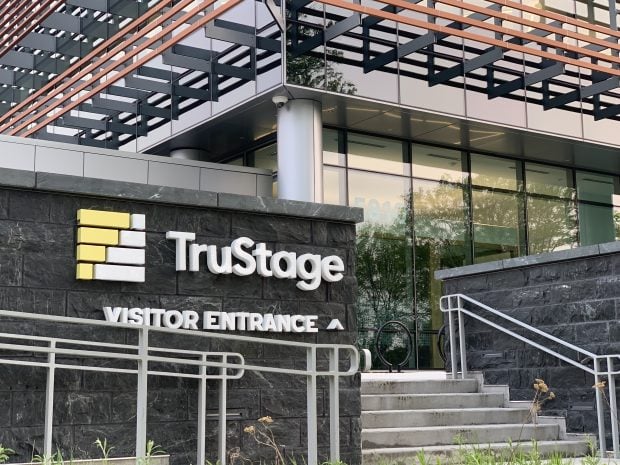 So long, modest, moderate and solid. Strength is making a comeback.
So long, modest, moderate and solid. Strength is making a comeback.
The Federal Reserve described economic activity as "strong" in Wednesday's statement, the first time it's done so since it called it "quite strong" in May 2006 — in the late stages of the last economic expansion, shortly before the housing market drove the economy into meltdown. Morgan Stanley highlighted the change in a research note.
"The Fed upgrading its language supports our late cycle view," Hans Redeker and Gek Teng Khoo wrote in the bank's FX Morning note. That will lead to "monetary authorities taking the liquidity punch bowl away, turning excess liquidity into a shortage, eventually driving cost of capital higher."
Recommended For You
The central bank left interest rates unchanged Wednesday following the conclusion of a two-day meeting in Washington, though it stuck with a plan to gradually lift borrowing costs as growth looks good and joblessness has stayed low.
Market participants and economists fully expect officials to raise rates for a third time this year at their September meeting, with a fourth move in December also on the cards. Policy makers forecast four 2018 rate hikes in projections they updated in June.
While the 2007-to-2009 recession grew from housing market and banking excesses, Fed Chair Jerome Powell told Congress in July that "nothing really is flashing red" in financial markets right now.
The U.S. economy grew at a 4.1% rate in the second quarter, its fastest pace since 2014, though economists polled by Bloomberg expect that to moderate in the second half. Inflation is close to the Fed's 2% goal and unemployment of 4% in June is below the 4.5% level that officials judge to be its long-run sustainable level.
© 2025 ALM Global, LLC, All Rights Reserved. Request academic re-use from www.copyright.com. All other uses, submit a request to [email protected]. For more information visit Asset & Logo Licensing.







